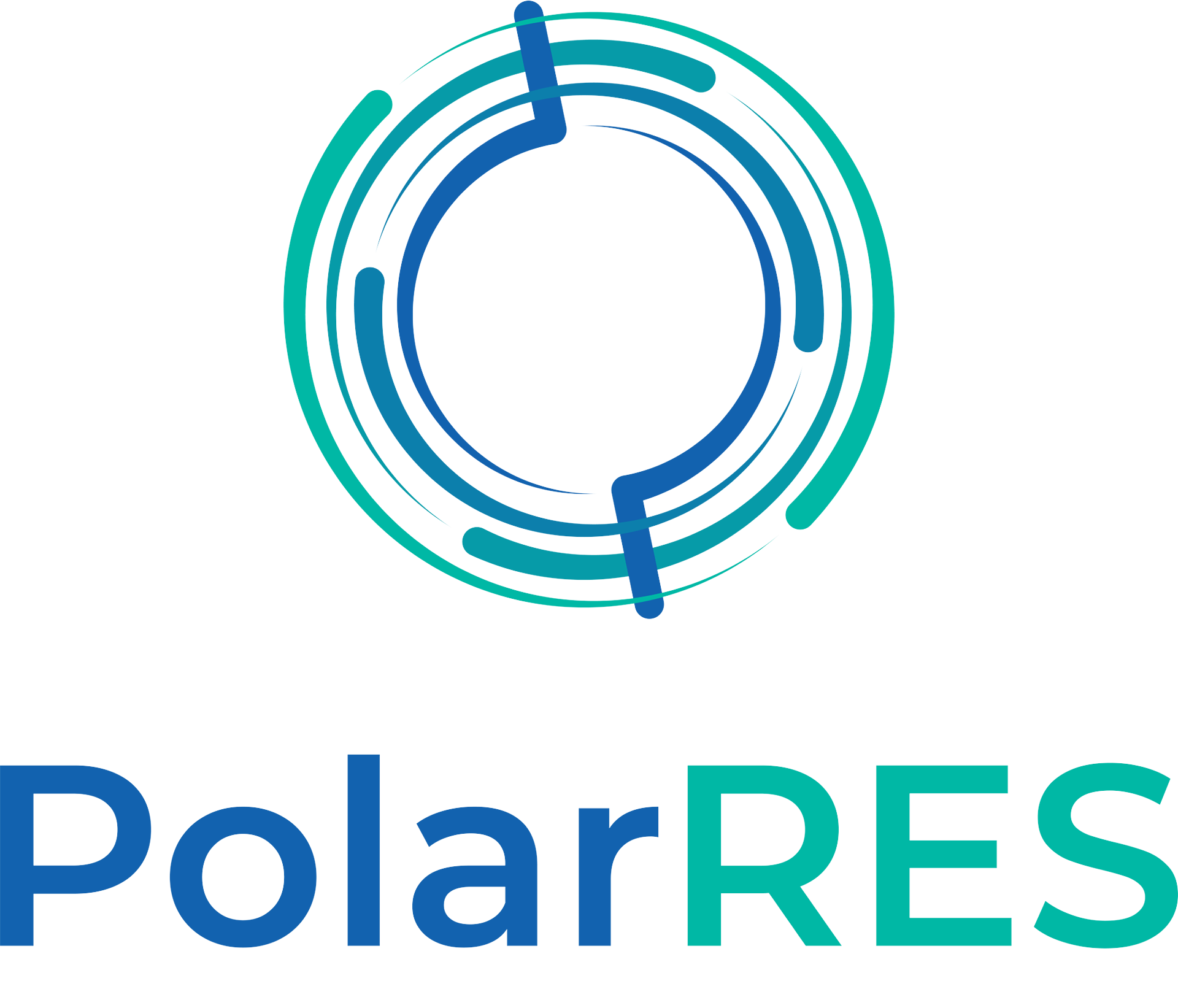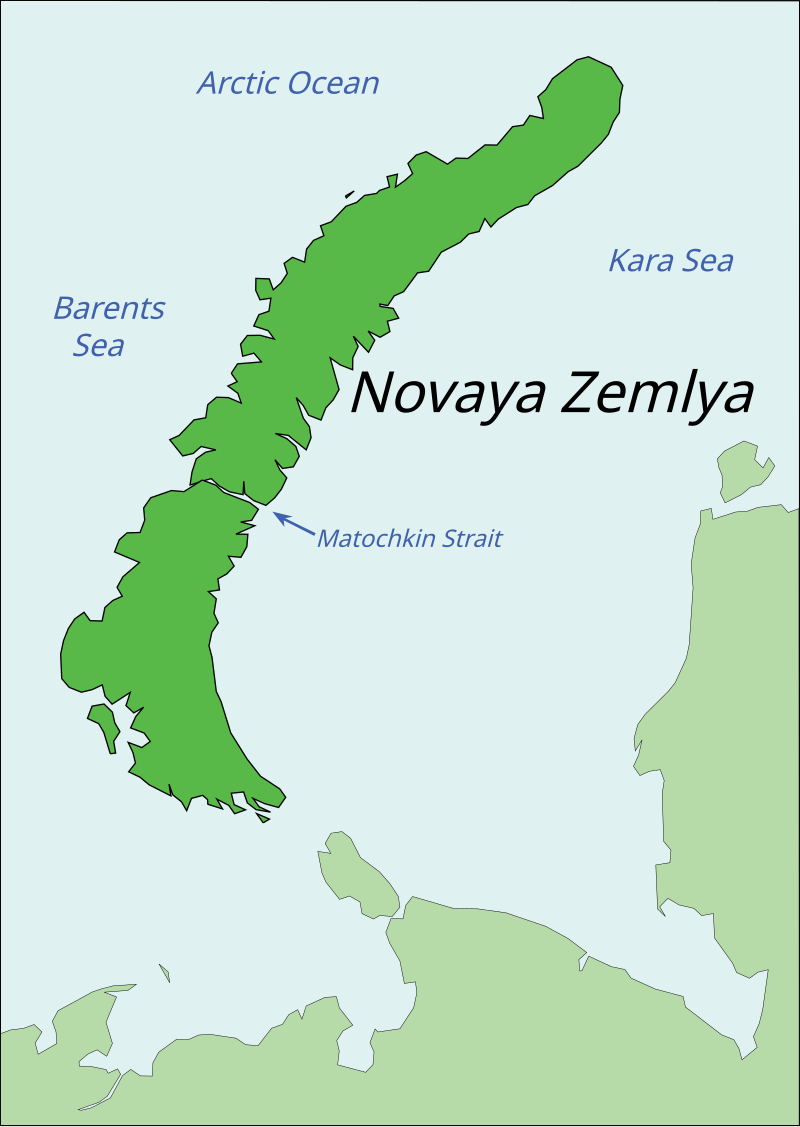Storyboard: Radionuclide dispersion
Radioactive contamination of the Arctic Ocean
In recent decades, radioactive contamination of the Arctic Ocean from various sources, including dumped materials and sunk submarines, has been a significant concern. Dumped materials include solid and liquid wastes, as well as reactor cores. They are the greatest sources of radioactivity in the Arctic Ocean, exceeding the contribution from reprocessing plants (IAEA, 2015).
Sources and transfer of radioactivity may be affected by climate change. In particular, nuclear testing between 1957 and 1963 on the Novaya Zemlya archipelago deposited long-lived radionuclides on glaciers. Melting of glaciers due to global warming could result in the release of long-lived radionuclides into the sea, threatening human and environmental health.
For more information on editing stories, see this blog post.








